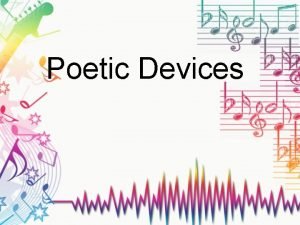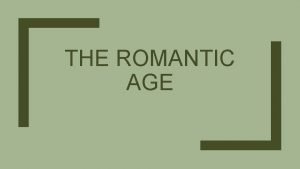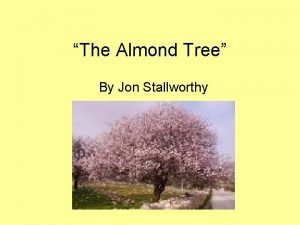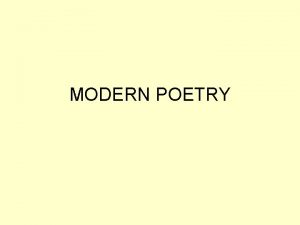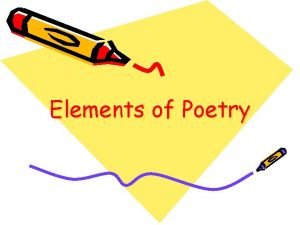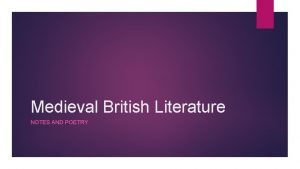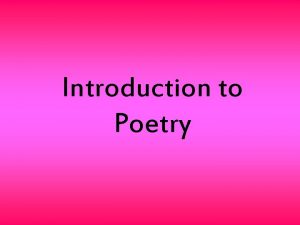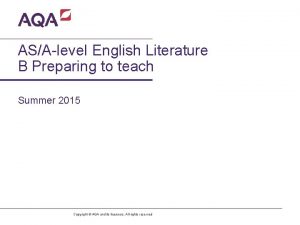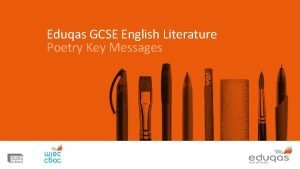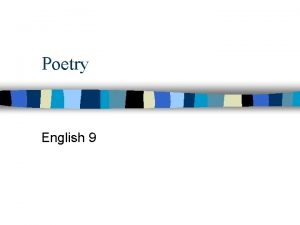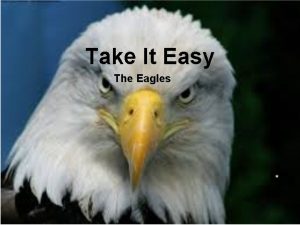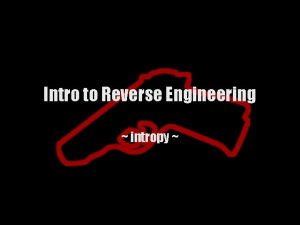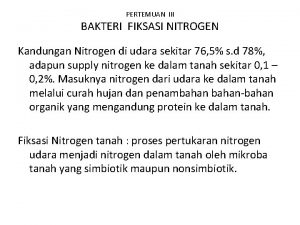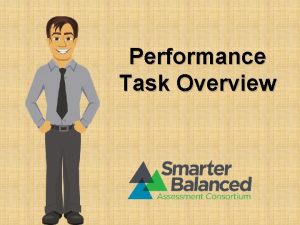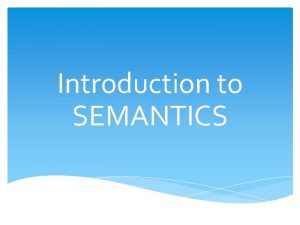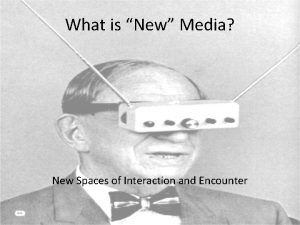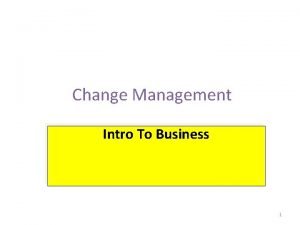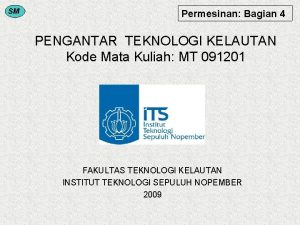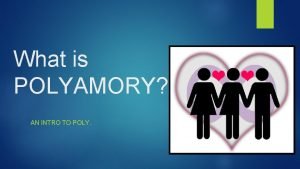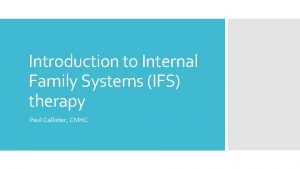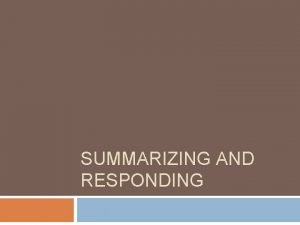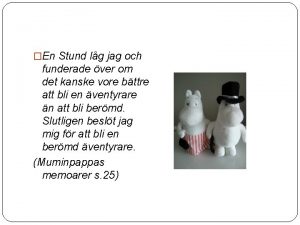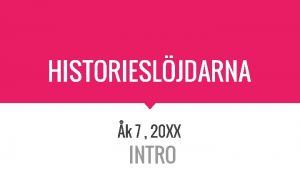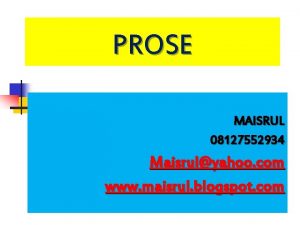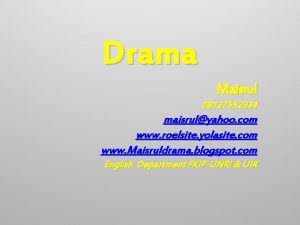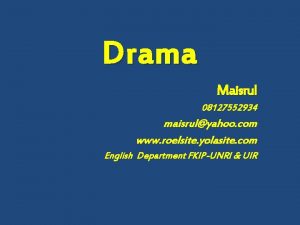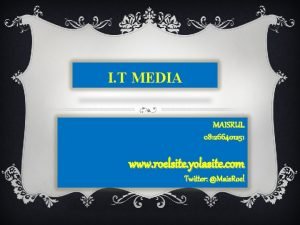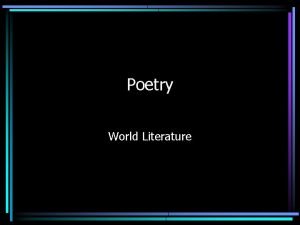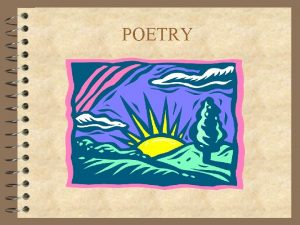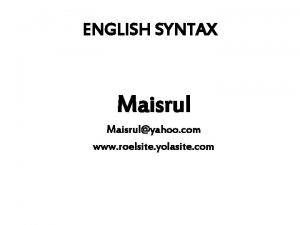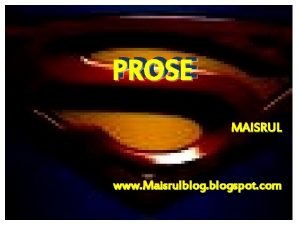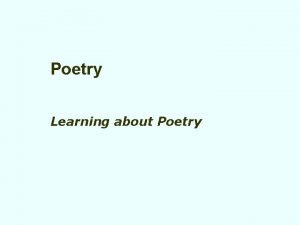Intro to Literature Poetry MAISRUL 081266401251 08127552934 Maisrulyahoo




























- Slides: 28

Intro to Literature Poetry MAISRUL 081266401251 08127552934 Maisrul@yahoo. com www. roelsite. yolasite. com Roel Man

What is Poetry? Some definitions of poetry: Poetry is the spontaneous overflow of powerful feeling (W. Wordsworth) An artistically concrete expression of human thought in the rhythmical emotional language (Watts-Danton) Ingenious fiddle - faddle (Isaac Newton) The rhythmical creation of beauty (Edgar Allan Poe)

What is Poetry? “A Form of literary work having metrical language and certain measurement (meter) composition” Metrical means ‘language or sound which contains a meter like rhythm, rhyme, etc’ Meter is a unit for measuring verses

What is Poetry? Poetry refers to a general sense or poetry as a whole. Poem means certain work of poetry. Poet refers to person who writes or composes poems.

Components of Poetry Sound Devices Technique for producing a musical or pleasing effect of language in Literature, esp. Poetry. Language/Structure Devices The internal (language) organization of a poem’s content. It refers to the style of language used by the poet.

Sound Devices Rhythm “Any wavelike recurrence of sound having pattern or Measured flow of word sounds” It is determined by Accented (stressed) syllables of words. Unaccented (unstressed) syllables of words. - Accented is marked by / ' / - Unaccented is marked by /ˇ/

Sound Devices Metrical Feet - Metrical Feet is the division of foot according to the numbers of accented and unaccented syllables in one foot. - Foot is the unity of grouped rhythm. It is the basic unit used in scansion of verses. - Scansion is the process of measuring verses

Sound Devices: Metrical Feet Five types of metrical Feet 1. Iambic (iamb): foot consisting of one /ˇ/ and one /'/ / ˇ '/ (rehearse) 2. Trochaic (trochee): One /'/ and one /ˇ/ -> /' ˇ / = (barter) 3. Anapestic (Anapest): two/ ˇ / and one /'/ / ˇ ˇ '/ = (understand)

Sound Devices: Metrical Feet 4. Dactylic (dactyl): foot consisting of one /'/ and two / ˇ / / ' ˇ ˇ / (merrily) 5. Spondaic (Spondee): two /''/ = (blue bird)

Sound Devices: Metrical Line is the division of line of a verse according to the number of feet 1. Monometer: One foot line 2. Dimeter: two feet line Take her up/ tenderly (dactylic dimeter) 3. Trimeter: three feet line He stood/and heard/the steeple (iambic trimeter)

Sound Devices: Metrical Line 4. Tetrameter: Four feet line My heart/is like/a sing/ing bird (iambic tetrameter) 5. Pentameter: Five feet line The summ/er thun/der, like/a wood/en bell (iambic pentameter) 6. Hexameter : Six feet line 7. Heptameter: Seven feet line 8. Octameter: eight feet line

Sound Devices : Rhyme (Rime) Rhyme is the repetition of identical or similar sounds esp. the accented one Ex. Old – Cold Vane – Reign Perfect (exact) rhyme : Differing sound are followed by identical stress, vowel sound = foe – toe, buffer – rougher Half rhyme (off rhyme): only the final consonant sounds of the words are identical = soul – oil mirth – forth Masculine rhyme: The final stressed syllables are identical: stark – mark support - retort Feminine rhyme: Repeated accented vowel in either the second or third last syllable of the word: revival – arrival flatter - batter

Sound Devices: Rhyme (Rime) Internal rhyme: Occurs when the rhyming words are in the same line Ex. Here is the grackle, people Here is the fox, folks Alliteration: the repetition at close interval of initial sounds and sometimes as prominent repetition of a consonant. Ex. Bring me my bow or burning gold Full fathom five thy father lies

Sound Devices: Rhyme (Rime) Assonance: The repetition at close interval of similar vowel sounds which have different consonant sounds. Ex. Full fathom five thy father lies

Stanzaic Patterns Lines of poetry arranging in rhythmical unit a. Couplet: A Stanza of two lines b. Triplet (tercet): A three line stanza (usually with one rhyme) c. Quatrain: A four line stanza rhyme or unrhymed d. Quantain: A five line stanza

Stanzaic Patterns e. Sestet: Six line stanza f. octet/octave: Eight line stanza g. Sonnet: Fourteen line poem - Italian / Petrachan (Francesco Petrach, 14 th c) : arranged by octave rhyming abba and sestet (six lines) rhyming cd cd cd or variant.

Stanzaic Patterns English (Shakespeare) Sonnet: arranged by three quatrain and couplet rhyming abab cdcd efef gg Blank Verse: Unrhymed iambic pentameter. Introduced in English by Henry Howard (16 th c) Free Verse: Non-metrical verse; rhythmical lines varying in length; no fixed metrical pattern and usually unrhymed -

Language/Structure Devices The internal (language)organization of a poem’s content. It refers to the style of language used by the poet. A. Simile: A figure of speech in which an explicit comparison is made between two things essentially unlike. It usually uses some words as: like, as, than, similar to, resembles, and seem.

The Silken Tent by Robert Frost She is as in a field a silken tent At midday when a sunny summer breeze Has dried the dew and all its ropes relent, So that in guys it gently sways at ease, And its supporting central cedar pole, That is its pinnacle to heavenward And signifies the sureness of the soul, Seems to owe naught to any single cord, But strictly held by none, is loosely bound By countless silken ties of love and thought To everything on earth the compass round, And only by one's going slightly taut In the capriciousness of summer air Is of the slightest bondage made aware.

She is / as in / a field /a silk/en tent At mid/day when /a sun/ny sum/mer breeze Has dried /the dew/and all/ its ropes / relent, So that /in guys /it gent/ly sways/ at ease, And its supporting central cedar pole, That is its pinnacle to heavenward And signifies the sureness of the soul, Seems to owe naught to any single cord, But strictly held by none, is loosely bound By countless silken ties of love and thought To everything on earth the compass round, And only by one's going slightly taut In the capriciousness of summer air Is of the slightest bondage made aware.

But strictly held by none, is loosely bound By countless silken ties of love and thought To everything on earth the compass round, And only by one's going slightly taut In the capriciousness of summer air Is of the slightest bondage made aware.

Language/Structure Devices A. Simile: Ex. Seem be a dove? His feathers are but borrowed (Shakespeare) The holy time is quiet as a Hun (Wordsworth)

Language/Structure Devices B. Metaphor: Explicit comparison between two things without connective words such as like, as etc. Ex. She is the rose, the glory of the day (Spancer)

Language/Structure Devices C. Personification: a figure of speech in which human attributes are given to an animal, an object or concept. Ex. But time did beckon to the flowers, and they (Herbert)

Language/Structure Devices d. Overstatement(hyperbole): a figure of speech containing exaggeration statement = I’ve told you a thousand times. - Understatement; is the opposite of overstatement e. Paradox: a statement that at first strikes as self-contradictory but that on reflection makes some sense. Ex. “The peasant lives in a larger world than the globe- trotter” larger = contrasted : greater in values Vs miles

Language/Structure Devices Imaginary and Symbolism: Imaginary: the representation through the language of sense experience like pressure, heat, sight, smell, taste, touch, and sound Ex. I have eaten the plums that were in the icebox … Forgive me they were delicious So sweet and so cold

Language/Structure Devices Symbol : A figurative of speech in which something means more than what it is. - Natural symbol: rain ‘fertility/renewal of life - Conventional symbol: rose ‘love’ / ‘woman’

Similes or Metaphors? 1. 2. 3. 4. 5. 7. The baby was like an octopus, … Simile As the teacher entered the room, she muttered under her breath, “This class is like a three-ring circus!” Simile The giant’s steps were thunder as he ran toward Jack. Metaphor The pillow was a cloud when I put my head upon it after a long day. Those girls are like two peas in a pod. The fluorescent light was the sun during our test. The bar of soap was a slippery eel… Metaphor Simile Metaphor
 Introduction to poetry billy collins theme
Introduction to poetry billy collins theme Narrative poems by shel silverstein
Narrative poems by shel silverstein Augustan poetry vs romantic poetry
Augustan poetry vs romantic poetry Albatross (metaphor)
Albatross (metaphor) The almond tree poem
The almond tree poem Experimentation in modern poetry
Experimentation in modern poetry Rhythm definition literature
Rhythm definition literature British literature notes
British literature notes Edexcel gcse unseen poetry past papers
Edexcel gcse unseen poetry past papers Prose vs poetry
Prose vs poetry Aqa a level english literature b past papers
Aqa a level english literature b past papers Poetry elements
Poetry elements Eduqas poetry anthology resources
Eduqas poetry anthology resources What is poetry in literature
What is poetry in literature Eagles intro
Eagles intro Windows reversing intro
Windows reversing intro Hockey positions
Hockey positions Bakteri yang berperan dalam fiksasi gas nitrogen adalah
Bakteri yang berperan dalam fiksasi gas nitrogen adalah Intro
Intro Performance task introduction
Performance task introduction Reference as a theory of meaning
Reference as a theory of meaning Intro to new media
Intro to new media Change management process
Change management process Intro to code
Intro to code Intro to polyamory
Intro to polyamory Ifs managers examples
Ifs managers examples Introduction body conclusion
Introduction body conclusion Mumintest
Mumintest The xx intro live
The xx intro live
